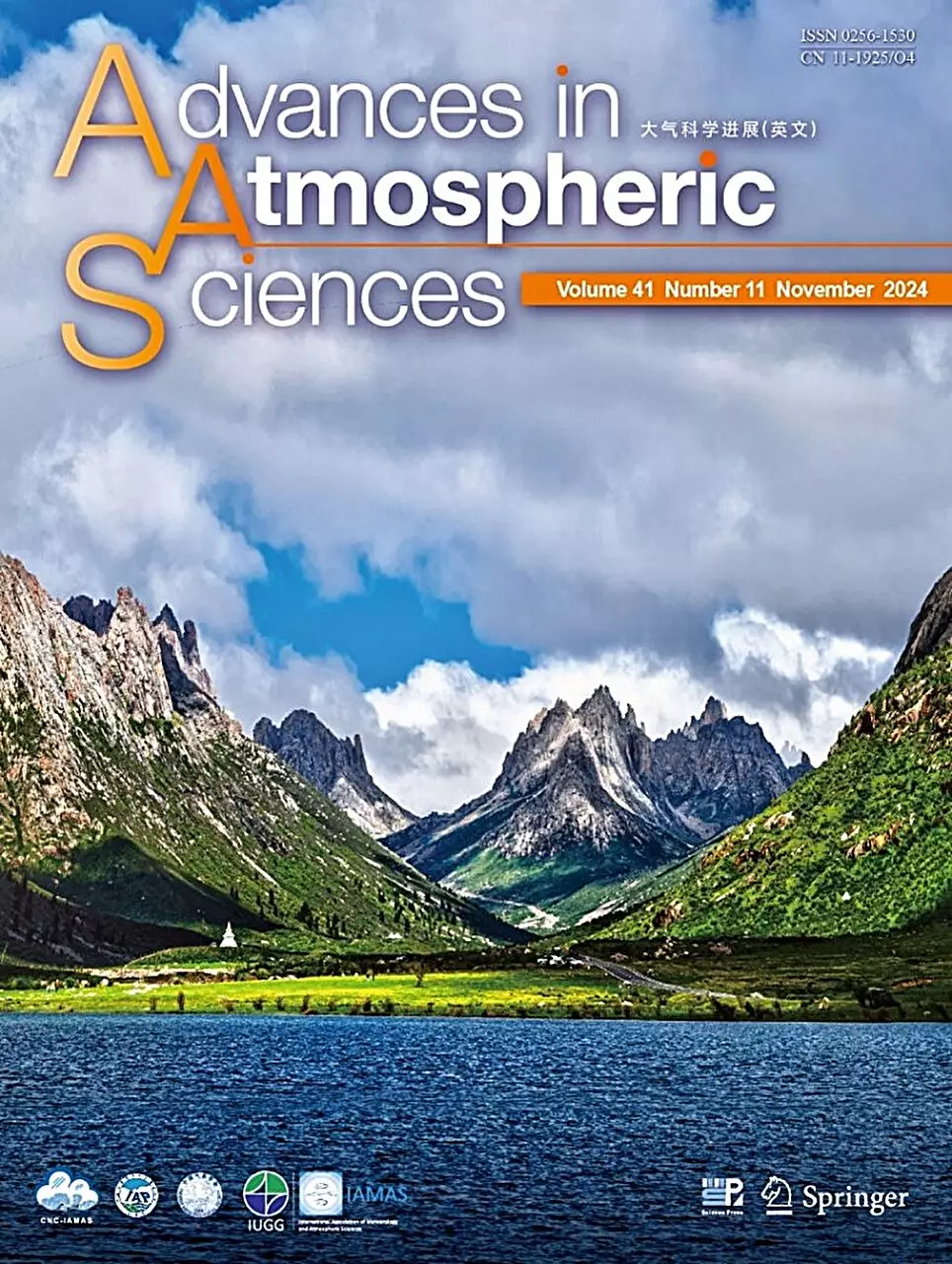Precipitation is a complex phenomenon that plays a crucial role in the Earth’s ecosystem. It serves both as a lifeline for agriculture and water supply, while also posing risks in the form of floods and natural disasters. This duality underlines the importance of accurately understanding and predicting precipitation types—an endeavor that carries unique challenges in some of the world’s most difficult environments. Particularly, the Tibetan Plateau stands out not only for its breathtaking scenery but also for its intricate meteorological challenges, making it a critical focus for scientists seeking precise weather data.
The Tibetan Plateau, often referred to as the “Roof of the World,” is notorious for its high altitude and varied topography. These geographical characteristics render traditional precipitation monitoring methods less effective. Satellite observations that typically inform precipitation data face limitations in accuracy due to the unique atmospheric conditions in this region. A major complication arises because the height of the plateau is often comparable to the freezing level in the atmosphere, which can lead to misclassifications. Here in particular, weak convective precipitation may be wrongly identified as stratiform precipitation, producing significant errors in data interpretation and forecasting.
One of the most compelling studies on this subject, conducted by Prof. Fu Yunfei and his team from the University of Science and Technology of China (USTC), takes a pointed look at the existing precipitation-type identification algorithms used for satellite-borne radar systems. Their exploration not only highlights the shortcomings of these traditional methods but also emphasizes the need for more nuanced approaches in meteorological analysis, especially in such a dynamic landscape.
The research emphasizes that the conventional methods used to classify precipitation are cumbersome and rigid, primarily derived from lower altitude, non-plateau regions. Prof. Fu notes that a binary classification approach—distinguishing primarily between convective and stratiform precipitation—is overly simplistic. To create a more robust and accurate system, the researchers introduced a new algorithm that utilizes various parameters that provide deeper insights into precipitation characteristics.
The new classification includes several categories, such as “strong convective,” “weak convective,” “weak,” and “other.” By introducing these more detailed subdivisions, the team significantly reduces classification errors that can have cascading effects on weather forecasting and climate modeling. This advancement is significant as it promises to enhance the predictive capabilities for different types of precipitation in mountainous regions like the Tibetan Plateau, where precision in forecasting can make a substantial difference in disaster preparedness and resource management.
The positive implications of this nuanced understanding of precipitation are critical for local communities residing on the Tibetan Plateau. Enhanced forecasting can lead to more informed decisions regarding agriculture, water resource management, and disaster readiness. For populations in these high-altitude areas, reliable weather predictions can translate to better preparedness against the unpredictable nature of precipitation—whether it manifests as beneficial rains or as disastrous floods.
However, Prof. Fu acknowledges that challenges remain. One of the next main focuses of their research is to confirm the presence of stratiform precipitation during the summer months over the Tibetan Plateau, a task complicated by the limitations of satellite measurements. This ongoing inquiry represents an exciting frontier in meteorology, not only for the plateau’s inhabitants but also for the wider scientific community dedicated to improving our understanding of weather patterns on a global scale.
As our understanding of precipitation evolves, so too does our capacity to adapt our scientific methodologies to accommodate the world’s complexities. The work of Prof. Fu Yunfei and his colleagues is a compelling reminder of how essential it is to maintain flexibility in scientific approaches, especially in environments as demanding as the Tibetan Plateau. By fostering innovation in precipitation classification methods, researchers can equip communities with critical information, thereby empowering them to navigate the dualities inherent in this vital natural phenomenon. The journey toward comprehensive meteorological understanding is ongoing, and the findings on the Tibetan Plateau may well serve as a roadmap for similar endeavors on other complex landscapes worldwide.

